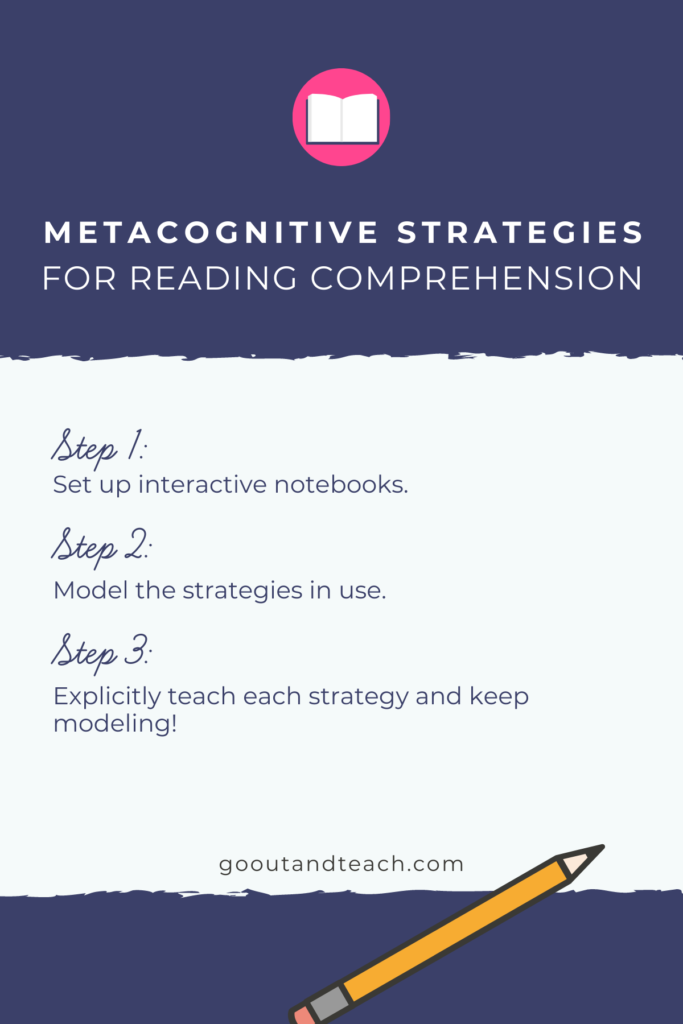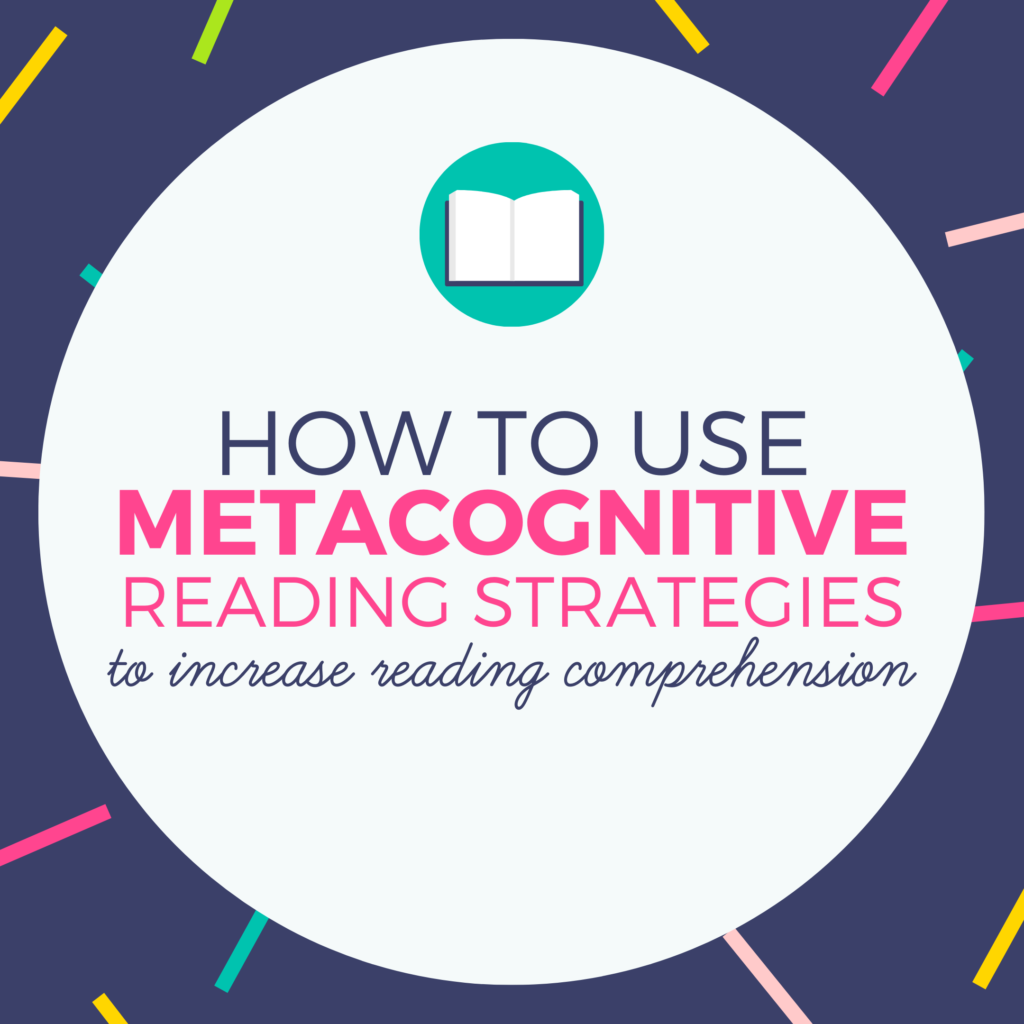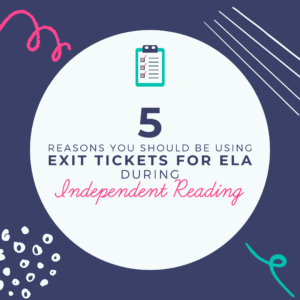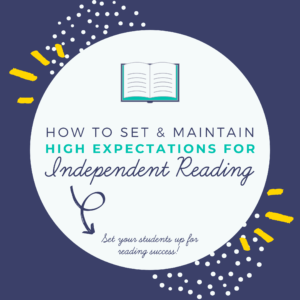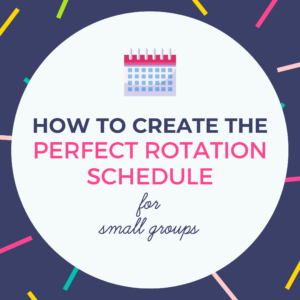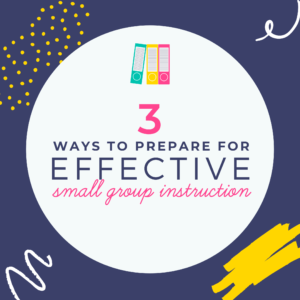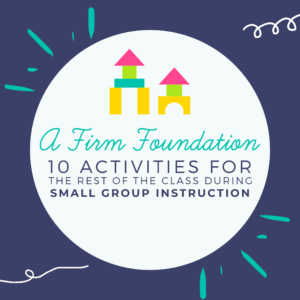Are you looking for reading strategies to improve comprehension?
All students can benefit from a great set of reading strategies to improve comprehension! Solid reading strategies can help struggling readers improve, and the same strategies can challenge good readers to become great readers!
Reading is Thinking!
Reading. Is. Thinking. Those three little words revolutionized my reading instruction. I had not heard that phrase until my 20th year of teaching. Reading is decoding… yes. Reading is comprehending… absolutely. But, reading is thinking? Revolutionary! We’ve all heard of reading strategies, and most of us have heard of one analogy or another regarding a toolbox housing those strategies. But, this is different. Thinking about reading and reading strategies from a metacognitive point of view, will change the way you approach your reading instruction.
When I began to incorporate the practice of metacognition (thinking about thinking) in my classroom and tied it to my reading instruction, my students began to interact with text in a way that I had never seen! I want you to take theses strategies and get your students thinking about their thinking as they read! I can’t wait for you to see your students interacting with their texts in a whole new way!
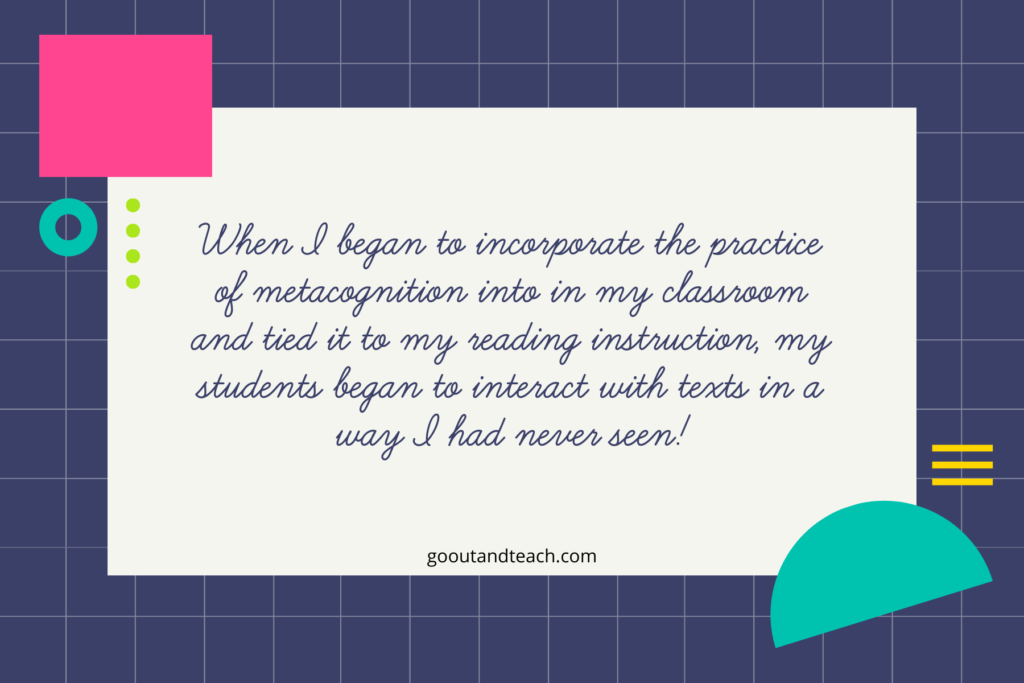
So, how do I implement these new strategies?
I introduced and taught through The Reading Comprehension Toolkit with Metacognitive Strategies during the first two-three weeks of school. It’s so important to go through each element explicitly and repeatedly when first introducing the new reading strategies. Ultimately, we want our students to be able to use each of the reading strategies independently, but before they’ll be able to do that we need to consistently practice the strategies together as a class.
The First Step: Add the Reading Strategies to Interactive Notebooks
The first thing you want to do is simply introduce the names of the reading strategies and the interactive choral responses. The choral responses are really key in the success of these strategies in our classroom. Like any catchy slogan- they get stuck in your head and make it easier to recall the strategy.
To begin, have your students assemble the interactive notebook entry. I like to have students complete the entire journal entry on the first day so we don’t end up with lost notebook pieces. Choose one reading strategy to begin with, and give a brief overview of the strategy as your students glue in the corresponding pieces into their notebook. Before you move on to the next reading strategy, make sure you introduce and practice the choral response all together as a class!
Let your students know that anytime you are teaching a lesson and you mention one of the strategies, they should immediately say the descriptor with the motions! You will need to remind students to respond the first few times, but with much practice, the goal is for the response to be automatic! And the best part is- this is not strictly meant to be used in ELA! These strategies can be used and discussed with any text in any subject area!
You want your students to be able to come back to this interactive journal entry as often as they need to throughout the school year until they have mastered each of the seven reading strategies. I also like to create an anchor chart that can be displayed throughout the school year as a quick visual reference.

Next: Model the Reading Strategies in Use
Before our students can see how these strategies within the toolkit can be useful to them as independent readers, we have to model them aloud. As you model your thinking during a read aloud, make sure that you have the students keep their toolkit journal entry out and open in order to reference the strategies as you model them aloud. They need to see how the reading strategies will aid in their comprehension and analysis. We must show them this!
Because I do this at the very beginning of the year, I like to use Jacqueline Woodson’s Each Kindness for my first read aloud/think aloud. It is such a great book for the beginning of the year, and who doesn’t love Jacqueline Woodson?! When you do your read aloud/think aloud, remember to…
- Make sure students have their interactive notebooks out to reference
- Point to each strategy on your anchor chart as you use it/model it
- Have the students say the choral response with the motions every time you use a strategy!
Follow Up: Explicitly Teach Each Reading Strategy
After you’ve done your first read aloud/think aloud, you need to teach each reading strategy explicitly and model it for your students. Focus on one reading strategy at a time, and spend 1-2 days focusing solely on that strategy. Don’t be afraid to take your time here. Go slow and make sure your students really understand each strategy. You can expect to spend 10+ days doing this, but remember, you are laying a strong foundation for your reading instruction for the rest of the year!! It is time well spent! I was deliberate and intentional in giving them opportunities to practice using these eight strategies: key words, visualizing, schema, inferring, fix-up strategies, questing, synthesizing, and fluency.
Don’t Stop Here! Keep Modeling!
Remember, you are building the foundation for deep and meaningful interactions with text for the rest of the year. These reading strategies must be used constantly and consistently. When you’re students don’t magically master each of the choral responses and strategies after just a few days, keep going! It will be time well spent when you see students coming to you during independent reading to tell you how they used a specific strategy on their own and how it helped them access the text. It wasn’t long after teaching and practicing these strategies that this became a regular occurrence for me, and let me tell you; my little teacher heart was just singing every time! Laying that foundation was well worth it!! Poor readers became good ones. Good readers became great ones. And great readers became amazing ones! Time well spent!
Poor readers became good ones. Good readers became great ones. And great readers became amazing ones!
The Teacher Becomes a Student
An added benefit was that the teacher became the student. Don’t get me wrong, I have always been a good reader. I have always loved books. And one of my favorite parts of being a reading teacher was matching students to that “just right” text that they were searching for. However, I just wasn’t in love with ‘reading for pleasure’… it was not my go-to leisure time activity. But after a few years of instructing 4th graders in the art of metacognition, those strategies became natural to me as well. Reading came alive for me, and I fell in love with books and reading all over again!!
